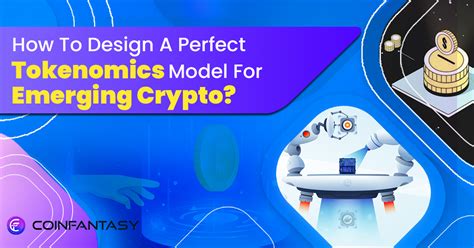The Future of Tokenomics: Insights from Solana (SOL)
Cryptocurrency has come a long way since its inception in 2009. From Bitcoin to Ethereum, the landscape of digital assets has undergone significant transformations. One area that continues to evolve rapidly is tokenomics – the study of the economic and social aspects of tokens. In this article, we’ll delve into the world of Solana (SOL), a popular cryptocurrency known for its fast transaction speeds, low fees, and innovative blockchain technology.
What is Tokenomics?
Tokenomics refers to the study of the economics and social dynamics of digital assets, including tokens. It encompasses various aspects such as supply and demand, token distribution, governance, and usage patterns. By understanding these fundamental principles, developers can create more efficient and scalable tokens that cater to specific use cases.
Solana (SOL) Tokenomics: A Holistic Approach
Solana’s tokenomics is built on a decentralized platform that allows for the creation of self-executing contracts with minimal reliance on third-party intermediaries. This modular architecture enables developers to build complex applications using Solana, while still maintaining control over their codebases.
Here are some key insights from Solana’s tokenomics:
- Token Supply: SOL has a total supply of 2 billion units, which is divided into four distinct classes: SPINS (Solana Plasma Network Interface Standard), ZIL, NANO, and ANCHOR. This distribution ensures that the network has sufficient capacity to support its growing user base.
- Decentralized Governance: Solana’s tokenomics incorporates a decentralized governance system, where users can participate in decision-making processes through a voting mechanism called “Staking.” This allows holders of SOL tokens to have a say in the direction of the network and the development of new features.
- Token Utility: The SOL ecosystem is centered around four primary use cases:
* Plasma (SPINS): A decentralized, multi-chain platform for secure data storage and transfer.
* Solana NFTs: A blockchain-based marketplace for creating and trading unique digital assets.
* Anchor (ANCHOR): A staking mechanism that rewards holders with additional SOL tokens.
* ZIL (Zilla): The Solana-based stablecoin, designed to provide a reliable store of value.
- Smart Contract Development: Solana’s platform is built on the Truffle Suite, which provides developers with tools and libraries for building smart contracts. This enables creators to build complex applications without requiring extensive knowledge of blockchain development.
The Future of Tokenomics

As the cryptocurrency space continues to evolve, tokenomics plays an increasingly important role in shaping the future of digital assets. By understanding how tokens are structured, distributed, and utilized, developers can create more efficient and scalable systems that cater to specific use cases.
Solana’s success demonstrates that tokenomics is not just a technical concept; it has real-world implications for the development of blockchain applications. As we move forward in this rapidly changing landscape, it will be essential to continue studying and refining the principles of tokenomics to ensure that digital assets remain secure, efficient, and scalable.
Conclusion
In conclusion, Solana’s tokenomics offers a comprehensive framework for understanding the economic and social dynamics of tokens. By incorporating decentralized governance, self-executing contracts, and a focus on user experience, Solana has created an ecosystem that is both innovative and sustainable. As we continue to explore the possibilities of blockchain technology, it will be crucial to leverage insights from tokenomics to create more efficient and scalable digital assets.

